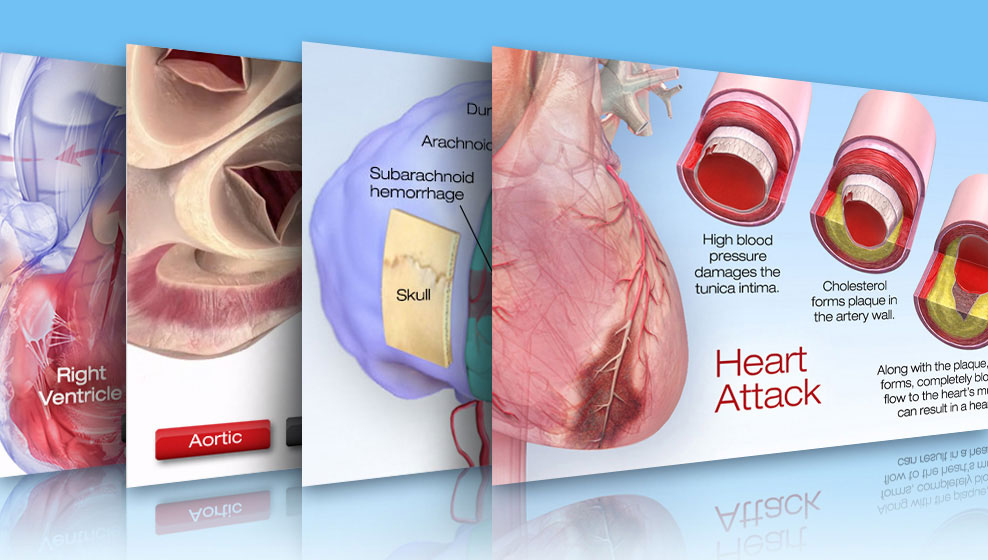Symptoms, Diagnosis and Monitoring of Diabetes

Nearly 33 million American adults have Type 2 diabetes — and many don’t know it. Type 1 diabetes often remains undiagnosed until symptoms become so severe that hospitalization is required.
Both of these facts speak to a larger truth: Left untreated, diabetes can cause many health complications. That’s why it’s crucial to know the warning signs and to see a healthcare professional regularly for routine wellness screenings.
Symptoms
Prediabetes has no clear symptoms.
Those with Type 1 or Type 2 diabetes also may have no symptoms — or such mild symptoms that they go unnoticed for quite some time.
But since some people experience diabetes warning signs, it’s important to know the symptoms below:
| Prediabetes | Type 1 Diabetes | Type 2 Diabetes |
| No clear symptoms | Increased or extreme thirst | Increased thirst |
| Increased appetite | Increased appetite | |
| Increased fatigue | Fatigue | |
| Increased or frequent urination | Increased urination, especially at night | |
| Unusual weight loss | Weight loss | |
| Blurred vision | Blurred vision | |
| Fruity odor or breath | Sores that do not heal | |
| In some cases, no symptoms | In some cases, no symptoms |
If you have any of these symptoms, see your health care professional right away for a check-up and proper diagnosis.
Who should be tested for prediabetes and diabetes?
The U.S. Department of Health and Human Services recommends that you should be tested if you are:
- Over age 45
- Overweight, younger than 45 and have one or more additional risk factors, such as:
- High blood pressure
- High cholesterol
- A family history of diabetes
- Are African-American, Asian-American, Latino/Hispanic-American, Native American or of Pacific Islander descent
- Have a history of gestational diabetes (diabetes during pregnancy) or delivering a baby more than nine pounds
If your blood glucose levels are normal, you should be tested about every three years. If you have prediabetes, you should be checked for diabetes every one to two years after that diagnosis.
Tests for Diagnosing Prediabetes and Diabetes
Three tests can help health care professionals make a diagnosis of prediabetes and diabetes:
HbA1C (A1C or glycosylated hemoglobin test)
The A1C test can diagnose prediabetes and diabetes. It measures your average blood glucose control for the past two to three months. Blood sugar is measured by the amount of glycosylated hemoglobin (A1C) in your blood. This test is more convenient because no fasting is required.
An A1C of 5.7% to 6.4% means that you have prediabetes, and you’re at high risk for developing diabetes. Diabetes is diagnosed when the A1C is 6.5% or higher.
Fasting Plasma Glucose Test
A fasting plasma glucose test requires fasting (nothing to eat or drink except water) for eight hours before the test.
You will have your blood drawn for this test. Then the plasma (the fluid part of the blood) is combined with other substances to determine the amount of glucose in the plasma. Blood glucose is measure in milligrams per deciliter (mg/dL).
This chart contains the FPG test’s blood glucose ranges for prediabetes and diabetes, and describes what each diagnosis means:
| Blood Glucose Range | Diagnosis | What It Means |
| 100 to 125 mg/dL | Prediabetes (also called impaired fasting glucose) | Blood glucose levels are higher than normal, but not high enough to be diagnosed as diabetes. This condition increases risk for developing Type 2 diabetes, heart disease and stroke. |
| 126 mg/dL or more | Diabetes mellitus (Type 2 diabetes) | Type 2 diabetes develops when your body doesn’t make enough insulin or develops “insulin resistance” and can't efficiently use the insulin it makes. It greatly increases your risk of heart disease and stroke. |
Oral Glucose Tolerance Test
This test measures how well the body handles a standard amount of glucose.
To do this test, your health care professional will draw blood before and two hours after you drink a large, premeasured beverage containing glucose. Then, your doctor can compare the before-and-after glucose levels contained in your plasma to see how well your body processed the sugar. These levels are measured in mg/dL.
The chart below contains the oral glucose tolerance test ranges for prediabetes and diabetes and what each diagnosis means:
| Blood Glucose Range | Diagnosis | What It Means |
| 140 to 199 mg/dL | Prediabetes (also called impaired fasting glucose) | Blood glucose levels are higher than normal, but not high enough to be diagnosed as diabetes. This condition increases risk for developing Type 2 diabetes, heart disease and stroke. |
| 200 mg/dL or higher | Diabetes mellitus (Type 2 diabetes) | Type 2 diabetes develops when your body doesn’t make enough insulin or develops “insulin resistance” and can’t efficiently use the insulin it makes. It greatly increases your risk of heart disease and stroke. |
Tests for Monitoring Diabetes
If you’re diagnosed with Type 2 diabetes, you can monitor your blood sugar level several ways to evaluate how well your treatment plan is working:
HbA1C
Your health care team will do an HbA1C test at least twice a year.
Home monitoring
Easy-to-use home monitors allow people to test their blood sugar on their own. A variety of these devices are available.
If you’re managing diabetes with the help of a home monitor, talk to your doctor to learn what to do when your results are too high or low.
Tests to Measure Heart Health
People with diabetes are at increased risk for a range of health complications, including cardiovascular disease.
Learn more about tests health care professionals may use to check your heart health.

